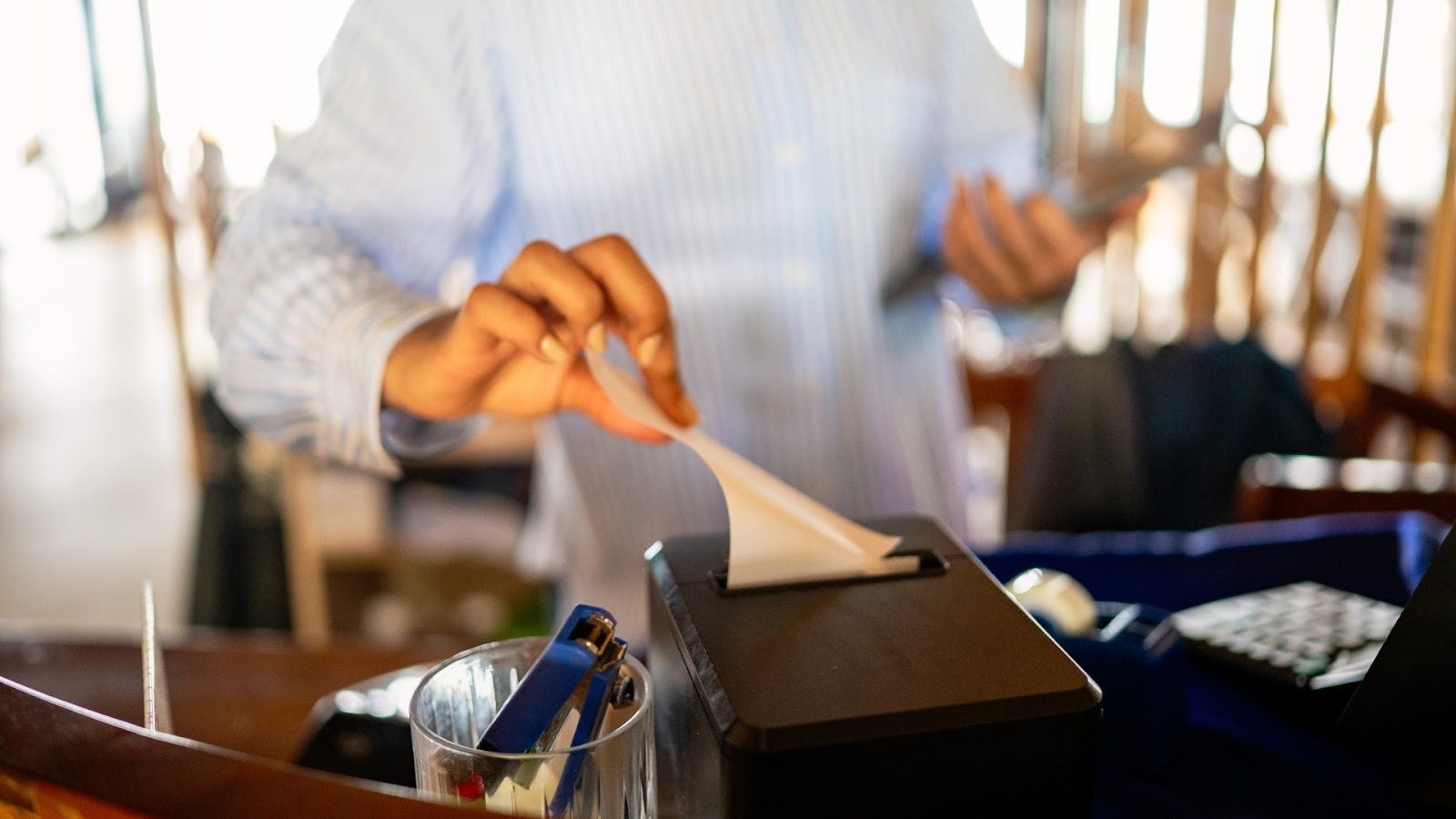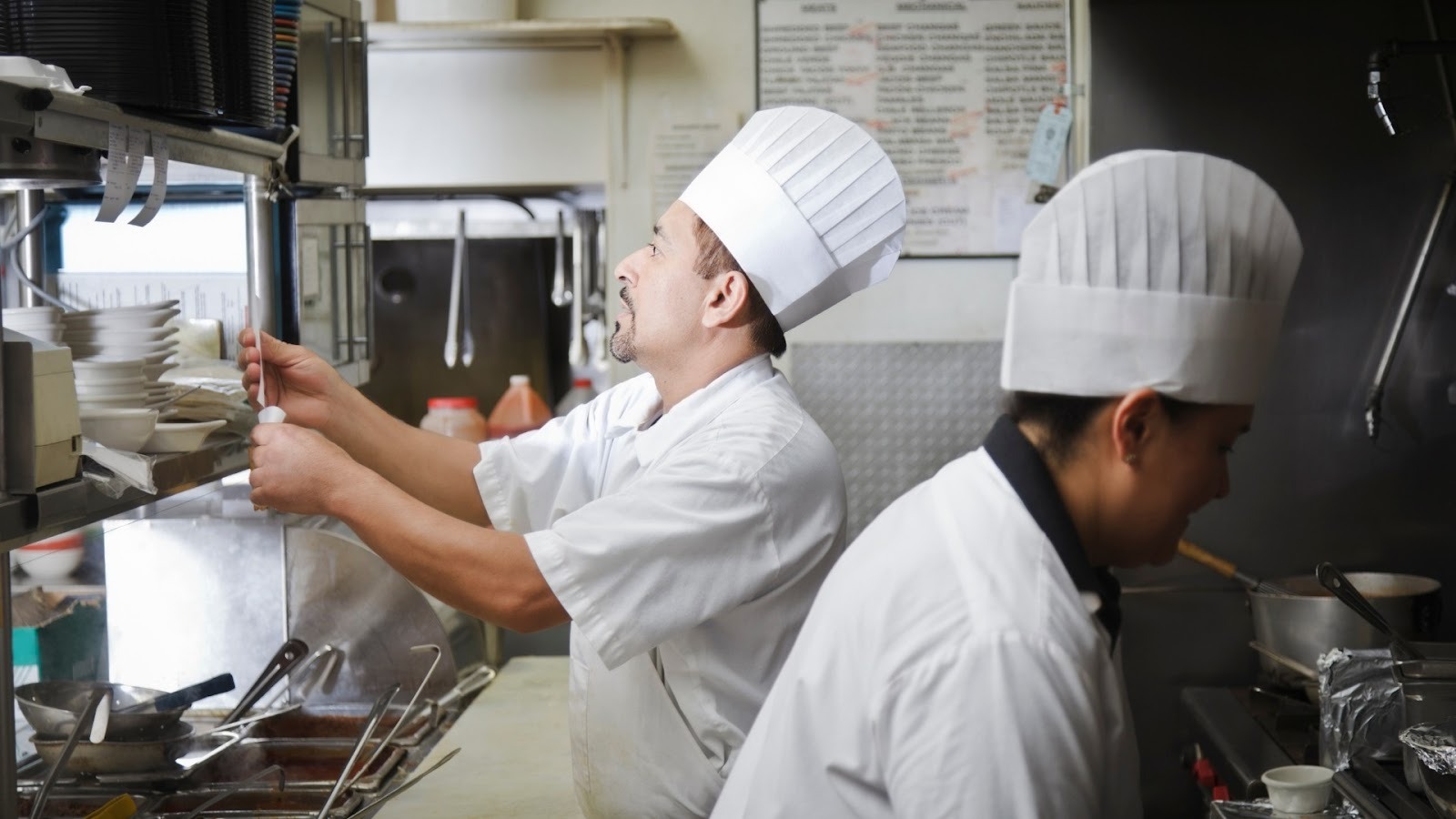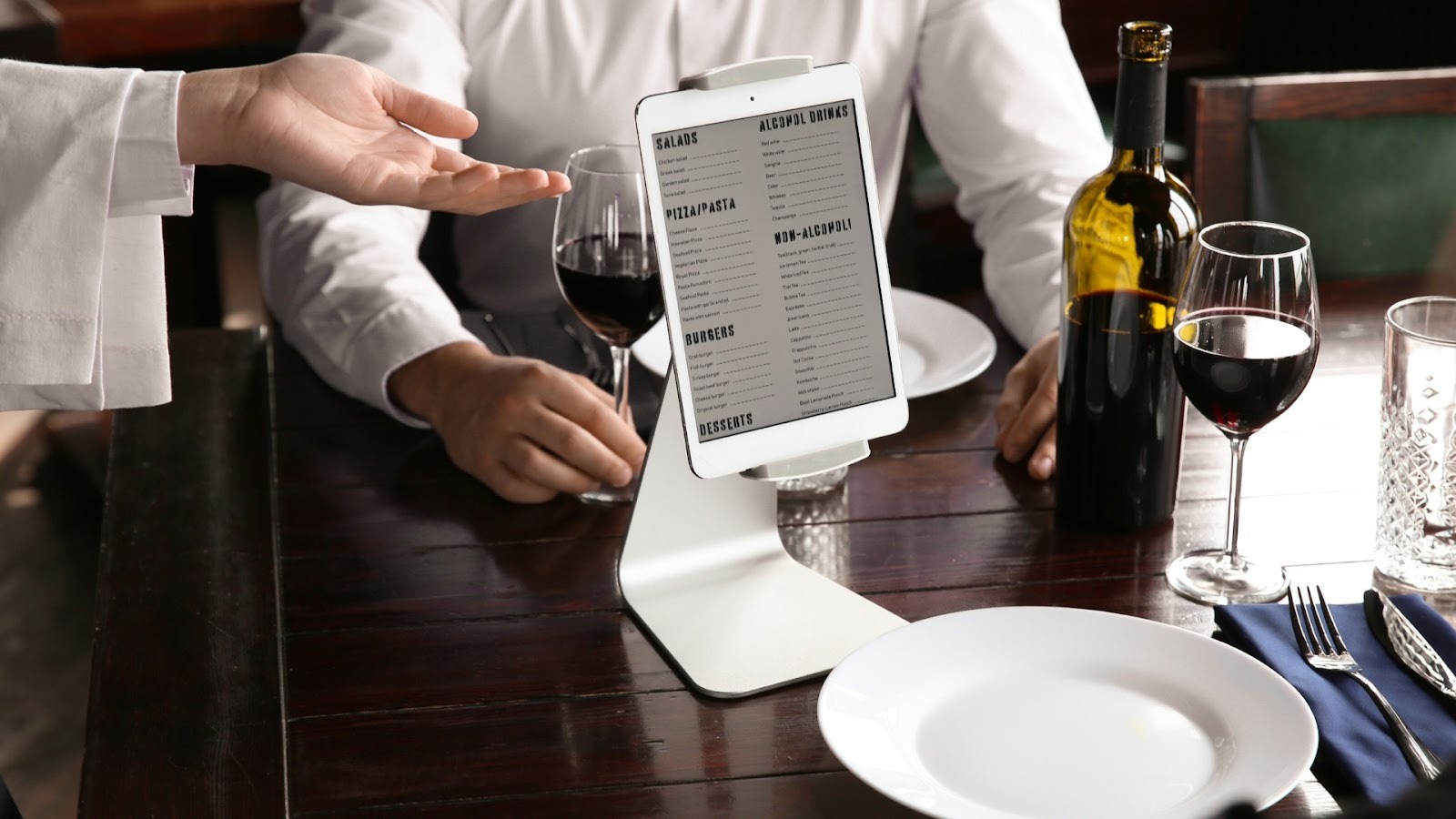October 22, 2025

According to recent data, 76% of restaurant operators believe technology helps them stay ahead of competitors. Still, many feel their restaurants aren't using enough tech to keep pace with the industry. One of the most basic areas where this shows up is how orders move from servers to the kitchen.
That’s where a kitchen order ticket system comes in. It’s a system through which you communicate customer orders to your kitchen. It can be as simple as handwritten tickets or as advanced as digital screens that update in real time. The system you use directly affects order accuracy, kitchen speed, and customer satisfaction.
In this guide, we break down what kitchen order ticket systems are, how they work, the types available, and how to choose the right one for your restaurant. Let’s get started.
A kitchen order ticket system in a restaurant is the method you use to send customer orders from your front-of-house staff to your kitchen team. It tells your cooks what to prepare, for which table, and any special instructions the customer requested.

Alt text:What Is a Kitchen Order Ticket System in a Restaurant?
Traditional systems use paper tickets that servers write by hand or print from a POS system. These tickets get clipped to a rail or stuck on a board for kitchen staff to read and follow. While this method still works in some restaurants, it comes with risks like lost tickets, illegible handwriting, and no way to track order progress.
Modern systems have moved to digital screens called Kitchen Display Systems (KDS). When a server enters an order into your POS system, it appears instantly on a screen in your kitchen. Orders show up clearly with table numbers, item details, quantities, and special requests. Kitchen staff can mark items as they're prepared, and servers get notified when orders are ready.
For example, a busy pizza restaurant can use a KDS to show multiple orders at once, prioritize them by time, and track which pizzas are in the oven versus ready for pickup. Let’s take a detailed look at how these kitchen order ticket systems work in a restaurant.
The flow of information in a kitchen order ticket system is straightforward. Here's what happens from the moment a customer orders to when their food is ready.
1. Order entry: A server takes the customer's order and enters it into your POS system at the front counter or tableside. The order includes items, quantities, table number, and any modifications like "no onions" or "extra sauce."
2. Ticket transmission: In paper systems, a printer creates a physical ticket that gets delivered to the kitchen. In digital systems, the order transmits instantly to a KDS screen positioned where your kitchen staff can see it.
3. Order display: The kitchen sees the full order with clear details. Digital systems organize orders by time received, priority level, or cooking station. Multiple screens can show different parts of the order if your kitchen has separate stations for appetizers, mains, and desserts.
4. Order preparation: Kitchen staff reads the ticket or screen and starts preparing items. They can mark items as "in progress" or "completed" on digital systems. This keeps everyone on the same team informed about order status.
5. Completion and notification: When the order is ready, the kitchen staff marks it complete. In digital systems, this automatically notifies the server through their POS terminal or a bump screen at the pass. The server knows exactly when to pick up the order and deliver it to the customer.
This kitchen order ticket system flow works differently depending on which type of system you're using. Let's compare different options.
Two main types of systems exist, and they work very differently. Here's what you need to know about each.
Looking for a way to manage online orders smoothly alongside your in-house tickets? iOrders helps restaurants accept orders from their own website and app, sending them directly to your kitchen system. Book a free demo to see how it works.
Knowing the difference between paper and digital is helpful. But what really matters is what these systems do for your daily operations.
The right ticket system makes your restaurant run better. Here's what you gain when you have clear communication between servers and kitchen staff.

Alt text:What Are the Benefits of Using a Kitchen Order Ticket System?
Now, these benefits are great. However, the real challenge is picking a system that actually delivers them for your restaurant.
Picking the right system depends on your specific restaurant needs. Here's what to consider before making a decision.
Count how many orders your kitchen handles during your busiest hours. If you're serving 20-30 orders per hour, paper systems can work. If you're handling 50+ orders per hour or expect to grow, digital systems become necessary. Higher volumes need better organization and tracking.
Look at your kitchen size and station setup. Small kitchens with one or two cooks can manage with a single screen or paper tickets. Larger kitchens with separate stations for grill, fryer, salads, and desserts need multiple screens positioned at each station. For example, a full-service restaurant might need three screens to cover all cooking areas.
Your ticket system should connect with your existing POS. Ask vendors about compatibility before buying. Smooth integration means orders flow automatically without manual entry or system switching. This matters even more if you also accept online orders.
If you offer delivery or takeout through your own website or app, your kitchen system needs to handle those orders alongside dine-in tickets. Look for solutions that bring all orders into one view. Your kitchen staff shouldn't need to check multiple devices during busy periods.
Paper systems cost less upfront but require ongoing spending on paper, printer maintenance, and replacement parts. Digital systems need higher initial investment for screens and software but have lower ongoing costs. Calculate your total cost over three years to compare options fairly.
Your kitchen staff needs to learn the system quickly. Complex interfaces slow down service and frustrate your team. Request demos or trial periods to see if your staff can use the system comfortably. The best restaurant technology is the kind your team actually uses.
Want to connect your online orders directly to your kitchen without complicated setups? iOrders makes integration simple so your team can focus on cooking, not technology troubleshooting.
Choosing the right kitchen system is one piece of the puzzle. Managing where your orders come from matters just as much.
Running a restaurant means juggling dine-in, takeout, and delivery orders all at once. When online orders come through third-party apps, you lose control of customer data and pay high commissions. Your kitchen system becomes one more thing to manage instead of something that makes your life easier.

Alt text:Manage Orders Directly and Grow Your Profits with iOrders
iOrders helps restaurants take control of online ordering while keeping operations simple. You get your own branded website and app where customers can place orders directly. Those orders flow to your existing systems without extra steps or confusion.
Here's what makes it work:
Whether you're handling 50 orders a day or scaling to 500, iOrders gives you the tools to manage orders efficiently while keeping full ownership of your customer relationships.
A kitchen order ticket system in a restaurant is more than just a way to send orders to your kitchen. It's how you maintain accuracy, speed up service, and keep your team working together smoothly during busy periods.
Paper systems work for small operations, but digital solutions offer better accuracy, real-time tracking, and data insights that help you make smarter decisions. The right system depends on your order volume, kitchen layout, and growth plans.
Taking control of your online ordering process makes everything easier. iOrders helps restaurants manage orders from their own platforms without paying commissions or losing customer relationships. Schedule a free demo to see how it fits your restaurant.
KOT stands for Kitchen Order Ticket, which is the physical or digital document showing customer orders. KDS stands for Kitchen Display System, the digital screens that display KOTs electronically in modern restaurants.
Modern digital systems integrate with online ordering platforms, showing delivery orders alongside dine-in tickets. This gives kitchen staff one unified view of all orders regardless of source.
Every ticket should show table number, order number, items ordered with quantities, special instructions or modifications, timestamp, and server information for questions or clarifications.
KDS software can route specific items to designated screens based on the cooking station. Salads go to the cold station screen, entrees to the grill station, and desserts to the pastry station automatically.
Most digital systems have backup options like printing paper tickets automatically if screens fail. Restaurants should maintain backup printer supplies and have a manual process ready for emergencies.